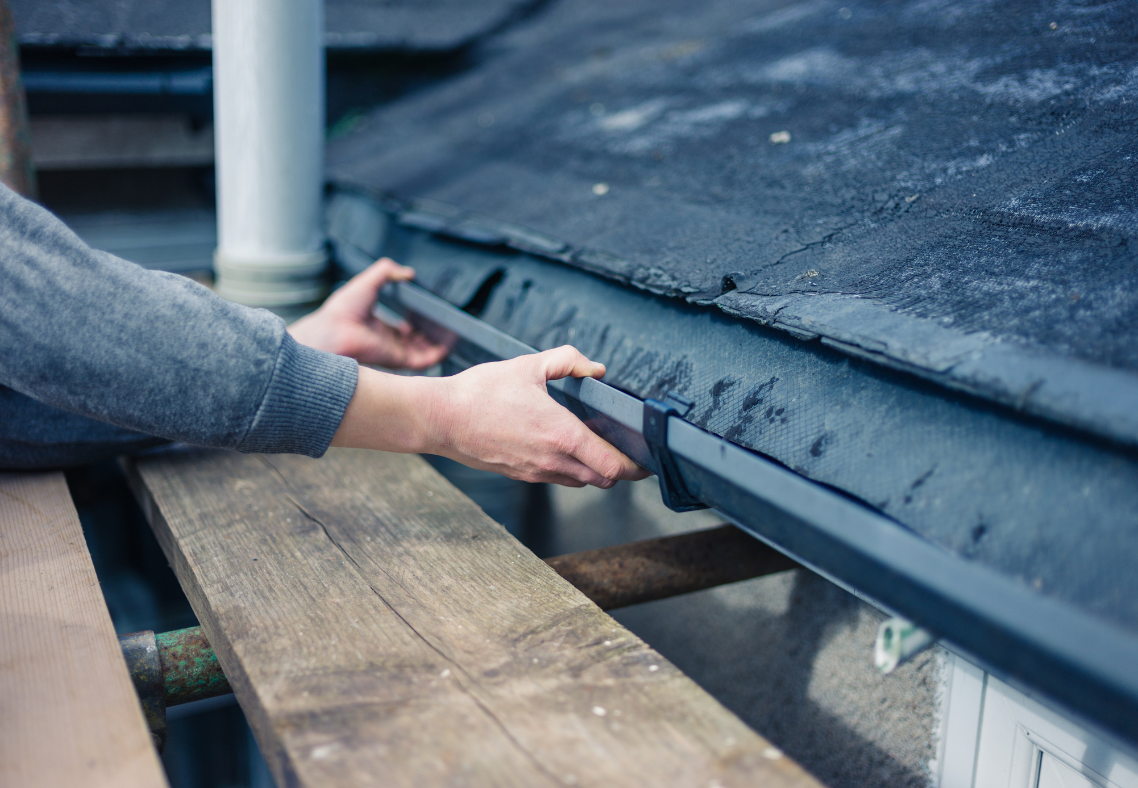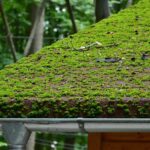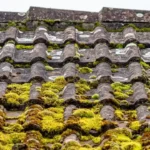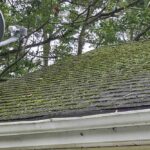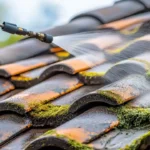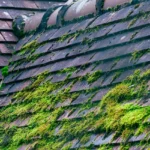When it comes to maintaining a home with a flat roof, understanding the importance of flat roof drainage solutions is crucial. Proper drainage ensures the longevity and integrity of the roof, preventing costly repairs and potential damage to the home. This guide will explore various drainage solutions, why they are necessary, and how homeowners can implement them effectively.

Why Are Flat Roof Drainage Solutions Important?
Flat roofs, unlike their sloped counterparts, do not naturally facilitate water runoff. This design requires effective drainage systems to prevent water pooling. Without proper drainage solutions, water can accumulate, leading to leaks, structural damage, and even roof collapse in extreme cases.
Types of Flat Roof Drainage Solutions
1. Internal Drains
Internal drains are installed within the roof structure itself. They are effective for large roofs as they channel water through pipes installed inside the building, directing it away from the roof without external exposure. For more on installation, see our roof discoloration fix.
2. Scuppers
Scuppers are outlets placed at the roof’s edge, allowing water to drain away from the building. They are effective for roofs with slight inclines, guiding water into downspouts or directly off the roofs edge. Learn about downspout repair tips.
3. Gutters
Gutters are traditional solutions that collect and channel water along the roofs edge into downspouts. They are easy to install and maintain, making them a popular choice among homeowners.
4. Siphonic Roof Drainage Systems
This modern solution uses siphonic principles to rapidly remove water from roofs without the need for sloping. It minimizes pipe sizes and is efficient for large buildings. Learn more in our roof inspection guide.
Choosing the Right Solution for Your Home
The choice of drainage solution depends on several factors, including roof size, local climate, and budget. Consulting with a roofing professional can help determine the best system for your specific needs. For a detailed guide, check out this external resource.
Maintenance Tips for Flat Roof Drainage
Regular Cleaning
Regularly cleaning your drainage systems prevents clogs and ensures efficient water flow. This includes removing debris from gutters and ensuring that internal drains are clear. Tips on cleaning can be found here.
Inspections
Periodic inspections are crucial. Look for signs of leaks or water pooling, as these can indicate drainage issues. Use our inspection checklist for guidance.
Professional Assessments
Engaging professionals for regular assessments can help identify potential problems before they escalate, ensuring your drainage system remains functional.
Common Problems with Flat Roof Drainage
Ponding Water
Ponding water is a common issue, often caused by inadequate drainage or roof design flaws. Addressing this requires adjusting the roof slope or enhancing drainage systems.
Clogged Drains
Debris such as leaves and dirt can clog drains, leading to water buildup. Regular cleaning and maintenance are essential to prevent this issue.
Benefits of Effective Flat Roof Drainage
Effective drainage systems protect your roof, extending its lifespan and preventing costly repairs. They also enhance the overall structural integrity of your home, providing peace of mind during heavy rains.
Environmental Considerations
Modern drainage systems can incorporate eco-friendly solutions, such as rainwater harvesting and green roofing, contributing to sustainable living practices.
Conclusion
Investing in proper flat roof drainage solutions is essential for any homeowner with a flat roof. By understanding the options available and maintaining your system, you can protect your home and ensure its longevity. For further reading, visit Northface Construction.

FAQs
1. What is the best drainage system for a flat roof?
The best system depends on your roof size, climate, and budget. Internal drains are ideal for large roofs, while gutters and scuppers work well for smaller areas.
2. How often should I clean my flat roof drainage system?
Regular cleaning, at least twice a year, is recommended to prevent clogs and ensure efficient drainage.
3. Can I install a drainage system myself?
While some systems like gutters can be DIY projects, it’s advisable to hire professionals for complex systems to ensure proper installation and function.
This article contains affiliate links. We may earn a commission at no extra cost to you.



